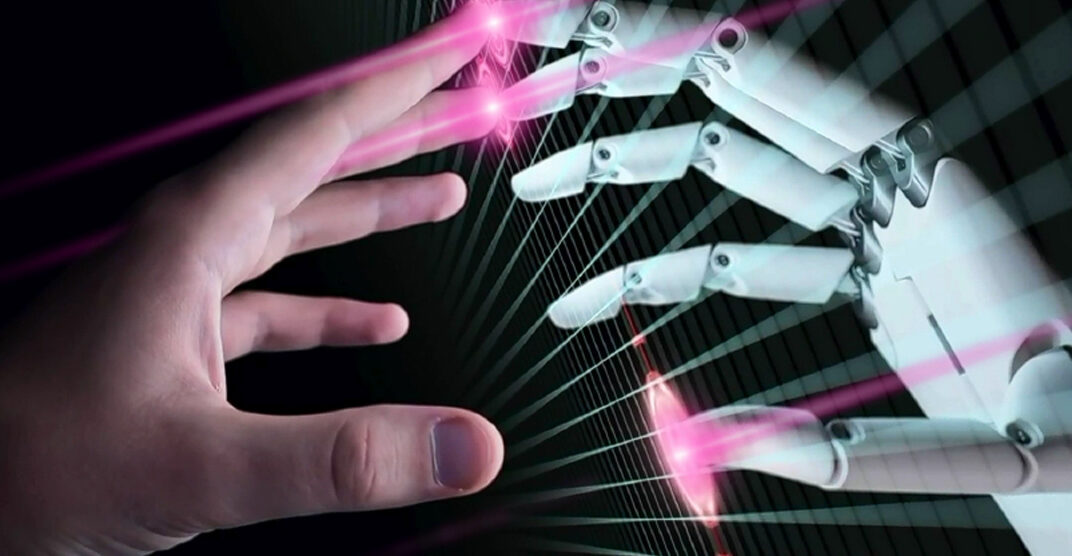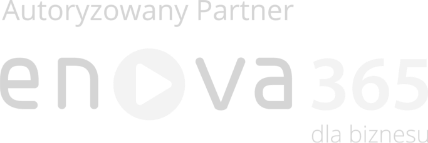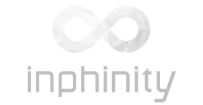Global business transformation: How to merge the business units of Company A and Company B in SAP using robots

Robert Wachowiak
Reading time: 5 min
 Date: 7 July 2022
Date: 7 July 2022Merge & acquisition of company with leverage the new integrated stock transfer process development to ensure completeness and accuracy of data being transferred between the ERP systems.
Case Study: The Robots.
Overview:
In today’s world merge and acquisition of companies is a common way to gain financial benefits following their strategy for sustained growth and market expansion. Operating reorganization might be a huge challenge due to natural systems differences, various releases, business habits and maintenance level.
Taking into account the potential benefits and risks from the reorganization, we consider the following operational company merge approach:
- Transfer to (non)SAP solution of one the parties,
- Joint-system solution with a combination of both.
While the first solution seems to be obvious then what if we need to combine two separate, operating SAP systems?
Have you ever managed two productive SAP boxes at the same time?
Have you ever thought to have the same data quality in two separate boxes automatically?
Have you ever worked on two different SAPs versions and keep the workflow back and forth w/o losing the track?
Let me tell you a story of how we managed to do that.
Few years ago, our Client bought a Company which was using their own SAP system not only for sales, but fully enhanced production including all possible productive areas like production planning, inbound/outbound logistics, finance, controlling and quality.
Once done – our Client ask for one simple solution to keep the factories in the “old” system and move all market units into his own system. And this is how we’ve done it.
Background
Transformation program globally required to combine Company A and Company B business units into combined legal entities with a new Company A name. Historically, Company A units were running SAP system (A), and Company B units are running SAP system (B).
Transformation program scope included running all market business operations in the (A) system, while factory business operations will still be running in the (B) system. This would mean that the integrated factory-to-market process will be running in two systems and inventory will need to pass from one system (B) to the other (A).
Vision
Leverage the new integrated stock transfer process development to ensure completeness and accuracy of data being transferred between the ERP systems, ultimately optimize Intra-Unit and Inter-Company Process to support Company A globally via the hybrid model. Finance statements, reporting and interfaces as well as reconciliation for period close processes will be developed and aligned country specific gaps with global best practice to drive standard approach for factories and markets. Facilitate both cost and growth value unlock for the combined Company A and Company B segments.
Business Cases
Apart of many areas which were in scope of the project like:
- Sales of products from (B) factories to (A) markets,
- Transfer of goods inventory between factory to market within same legal entity,
- Intra-Company Cost Transfer within same legal entity,
- Sales Retrofit of 3rd party sales volume from (A) system to (B),
- Automated factory revenue recognition for intra-unit shipments,
- Inter Company Business Logistic Cost Handling (Russia),
- Multiple Sourcing/ePlant (China & US).
Let me tell you about the most exiting cases for which we used Robots.
- Since factory is operating in SAP (B) and market plants are placed in SAP (A), costing is done in each system separately. To avoid differences, there is a need to monitor this in a period basis.
- Since a new integrated stock transfer process is being developed for which, we require a report to ensure completeness and accuracy of data being transferred between systems and ultimately the financial statements of the units involved.
- To create a report/tool that will compare COPA summarization tables data between SAP (B) and (A) after sales data transfer between the systems.
All this above should be managed automatically, and adjust if needed, to have an identical value in both systems.
Expected Benefits
- Drive standardization, optimization and increase efficiencies via retirement of multiple Company B legacy made-to-measure programs and elimination of manual adjustments in System (A),
- Standardization of intra-unit process across both systems,
- Ensuring transactional integrity of material prices,
- Leading to a better data accuracy,
- Identified robotic options to improve efficiency & user centricity,
- Avoid long-term inconsistency,
- Ensuring COPA reporting accuracy.
Leading countries were: China, Russia, UK and Poland but the solution itself should be flexible enough and open to any country which would join the process afterwards (like Kenya etc.)
Solutions – what is a robot?
- Robot is an automated process which is validating data accuracy between SAP (B) and SAP (A).
- Robot works on a virtual machine, that in not accessible by any users. With that, users are not able to see any steps performed by the robot in the background.
- Robot is verifying data accuracy for an agreed process and send a list of mismatches (reconciliation report) to an agreed address by email.
- End User(s) need(s) to review the output generated report in order to analyze all possible reasons why processed and displayed data differ between both SAP systems.
Processes which are covered by robots:
- Standard Cost Reconciliation,
- Intercompany Price Reconciliation,
- (A) system to (B) system Retrofit Reconciliation.
The Robotics concept may be applied to any other processes but those 3 were successful pilots which ensured the data accuracy, tracking and process efficiency.
Benefits feasibility
- 3 reports created automatically; run – every Monday,
- All found difference send to users based on the predefined data in Z table,
- Separate reports for each Country in the scope,
- No risk of mistake in data comparison between systems,
- Short time of creating reports,
- Possibility to run report ad-hoc (i.e., when new material will be created or after fix),
- Easy communication with Robot (via mail),
- Confidential data additional security approach,
- Flexible solution (easy way to add new country to the process),
- User-friendly guidance-book.
Leading countries were: China, Russia, UK and Poland but the solution itself should be flexible enough and open to any country which would join the process anytime (like Kenya). Transform your business and speed up the processes in your organization.
See recent writings
You drive us to strive for excellence in delivered projects and common challenges. Feel invited to read out blog that provides more in-depth knowledge on our implementations and experience. Read articles about digital business transformation, ERP and Business Intelligence systems. Discover interesting practical applications for future technologies.
- Blog
Navigating the challenges of introducing new software in a company – the role of technology and social dynamics
Contact us!
Let’s talk! Are you interested in our solutions? Our experts are happy to answer all of your questions.
 pl
pl

















